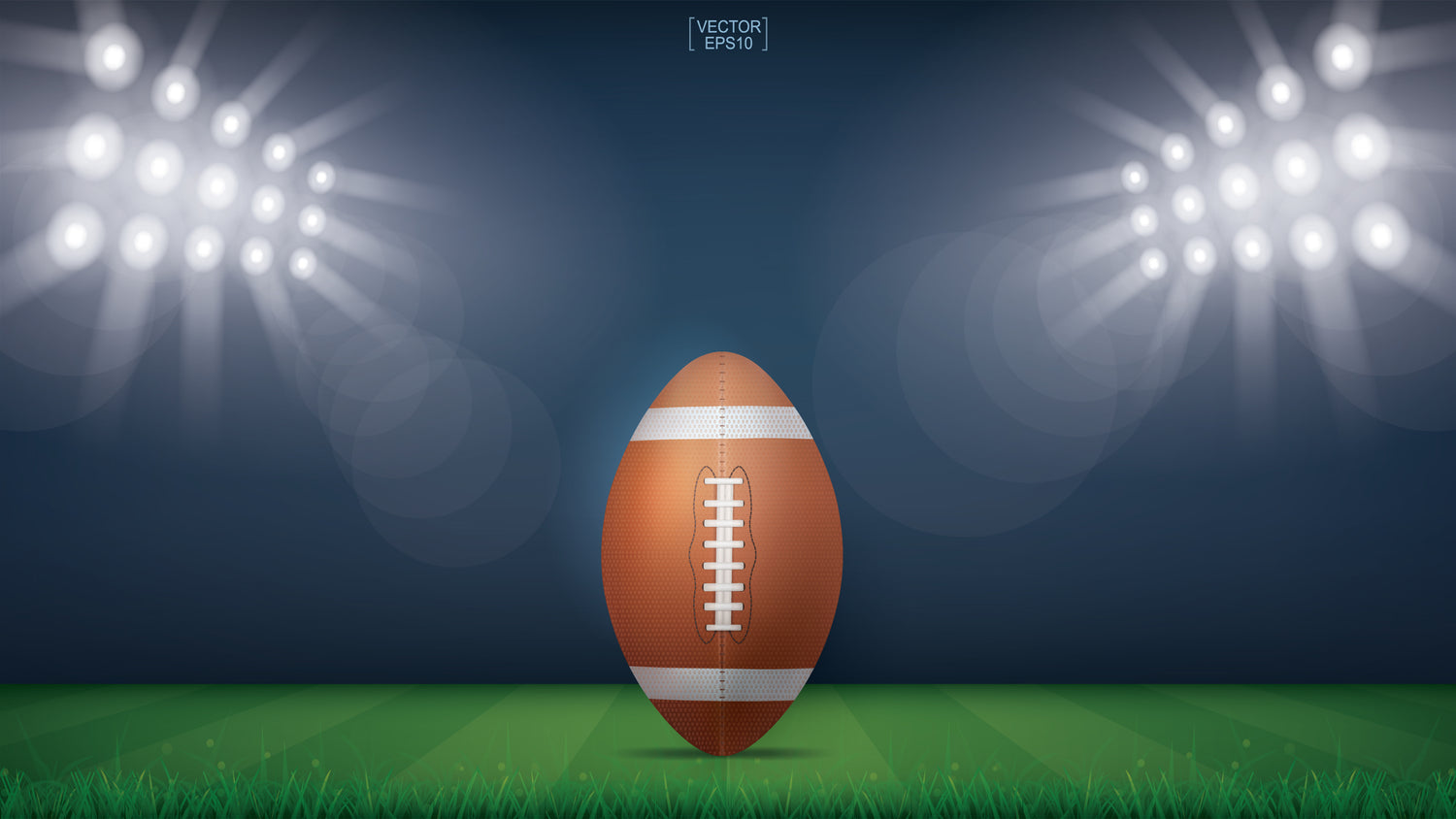Importance of outdoor flood lights :
Outdoor flood lights play a crucial role in providing security, safety, and visibility in outdoor spaces. They illuminate large areas, enhance architectural features, and deter potential intruders, making them essential for residential, commercial, and public properties. The popularity of outdoor flood lights has grown due to advancements in technology, increased awareness of security concerns, and the desire for aesthetically pleasing outdoor lighting solutions. Here's a guide on how to choose outdoor flood lights:

Characteristics of outdoor flood lights:
outdoor flood lights typically possess several key characteristics that make them effective lighting solutions for outdoor environments:
High Brightness: outdoor flood lights are designed to produce bright illumination, ensuring sufficient light coverage for large outdoor areas.
Wide Coverage: They have a wide beam angle or adjustable optics to provide broad coverage, illuminating expansive outdoor spaces such as yards, driveways, parking lots, and building exteriors.
Durable Construction: outdoor flood lights are built to withstand harsh outdoor conditions, featuring weatherproof and corrosion-resistant materials that can withstand exposure to elements like rain, snow, wind, and UV radiation.
Energy Efficiency: Many outdoor flood lights utilize energy-efficient light sources such as LED (Light Emitting Diode) bulbs, which consume less power while delivering high lumen output, resulting in energy savings and reduced electricity costs.
Motion Sensor Capability: Some outdoor flood lights are equipped with motion sensors that detect movement within their range and automatically activate the lights. This feature enhances security by alerting occupants to potential intruders and conserves energy by only illuminating when motion is detected.
Adjustable Settings: outdoor flood lights often come with adjustable settings for brightness levels, beam angles, and motion sensor sensitivity, allowing users to customize the lighting to suit their specific needs and preferences.
Versatile Mounting Options: They can be mounted in various ways, including wall-mounted, pole-mounted, or ground-mounted, providing flexibility in installation and positioning to achieve optimal lighting coverage.
Long Lifespan: outdoor flood lights typically have a long lifespan, requiring minimal maintenance and replacement compared to traditional lighting sources. LED floodlights, in particular, have an extended lifespan, reducing the frequency of bulb replacements and maintenance costs.
Remote Control and Smart Features: Remote control and smart features add convenience and functionality to floodlights, allowing users to adjust settings and control the lights from a distance. With remote control capabilities, users can easily customize brightness levels, activate motion sensors, and schedule lighting according to their preferences

Floodlights are needed in various scenarios:
Security Lighting: Floodlights are commonly used for security purposes to illuminate outdoor areas around homes, businesses, and public spaces, deterring potential intruders and enhancing surveillance capabilities.
Outdoor Events: Floodlights provide essential illumination for outdoor events such as concerts, sports games, festivals, and community gatherings, ensuring visibility and safety for participants and spectators.
Construction Sites: Floodlights are necessary on construction sites for nighttime work, ensuring adequate visibility for workers and equipment and enhancing safety in potentially hazardous environments.
Parking Lots and Garages: Floodlights illuminate parking lots, garages, and carports, improving visibility for drivers and pedestrians, deterring criminal activity, and enhancing safety during nighttime hours.
Pathway and Driveway Lighting: Floodlights are used to illuminate pathways, driveways, and walkways around residential, commercial, and public properties, improving safety and visibility for pedestrians and vehicles.
Landscape and Architectural Lighting: Floodlights highlight architectural features, landscaping elements, and outdoor artwork, enhancing the aesthetics of outdoor spaces and creating visual interest.
Emergency Lighting: Floodlights serve as emergency lighting during power outages or natural disasters, providing essential illumination for evacuation routes, emergency shelters, and disaster response areas.
Sports Fields and Stadiums: Floodlights illuminate sports fields, stadiums, and athletic facilities, allowing for nighttime games, practices, and events and providing optimal visibility for players and spectators.

Industrial and Warehouse Lighting: Floodlights are used in industrial and warehouse settings to illuminate large indoor and outdoor areas, improving visibility for workers, enhancing safety, and facilitating operations.
Public Parks and Recreational Areas: Floodlights illuminate public parks, playgrounds, and recreational areas, allowing residents to enjoy outdoor activities such as walking, jogging, and picnicking during evening hours.
Factors to consider when choosing floodlights:
When selecting floodlights, consider the following factors:
Brightness and Coverage: Determine the required brightness level and coverage area needed for your lighting application. Consider the lumen output and beam angle of the floodlights to ensure adequate illumination and coverage.
Light Source: Choose the appropriate light source for your needs, such as LED (Light Emitting Diode), halogen, or HID (High-Intensity Discharge) bulbs. LED floodlights are energy-efficient, long-lasting, and environmentally friendly, making them a popular choice for outdoor lighting.
Energy Efficiency: Opt for energy-efficient floodlights to minimize energy consumption and reduce electricity costs. Look for floodlights with high efficacy ratings and energy-saving features such as dimming capabilities and motion sensors.
Durability and Weather Resistance: When choosing floodlights for outdoor applications, prioritize models that are built to withstand the rigors of outdoor use and provide reliable illumination in any weather condition.Such as lights with IP65 or higher waterproof ratings and sturdy materials that can withstand exposure to the elements.
Adjustable Settings: Consider floodlights with adjustable settings for brightness levels, beam angles, and motion sensor sensitivity to customize the lighting to your specific needs and preferences.
Motion Sensor Capability: If security is a priority, choose floodlights with motion sensors that detect movement and automatically activate the lights. Ensure the motion sensors have adjustable settings for sensitivity and duration to minimize false activations.
Installation and Mounting Options: Evaluate the ease of installation and compatibility with the mounting location. Look for floodlights with versatile mounting options such as wall-mounted, pole-mounted, or ground-mounted to accommodate different installation requirements.

Budget: Consider your budget constraints and choose floodlights that offer the best combination of features, quality, and affordability within your budget range.
Conclusion:
In summary, outdoor flood lights are essential for providing security, safety, and visibility in outdoor spaces. By considering factors such as brightness, energy efficiency, durability, and motion sensor features, you can choose the right floodlights to meet your specific lighting needs and enhance the functionality and aesthetics of your outdoor environment.


































Leave a comment
This site is protected by hCaptcha and the hCaptcha Privacy Policy and Terms of Service apply.